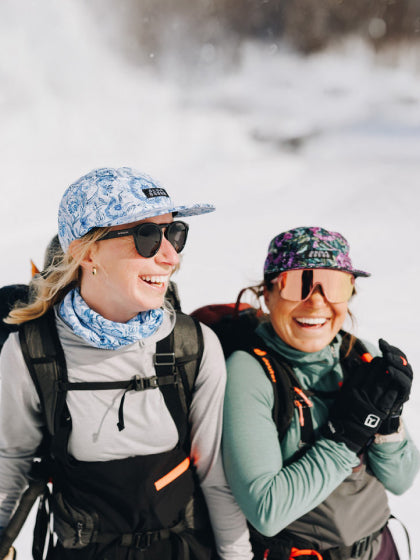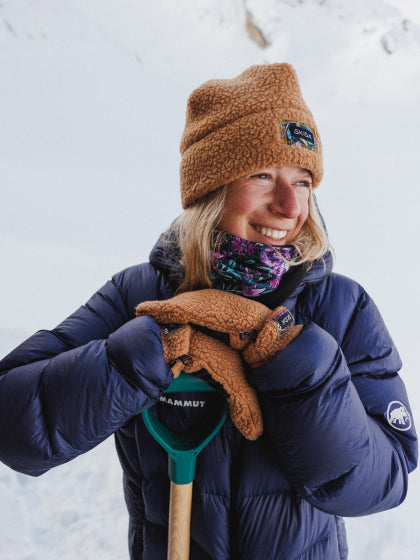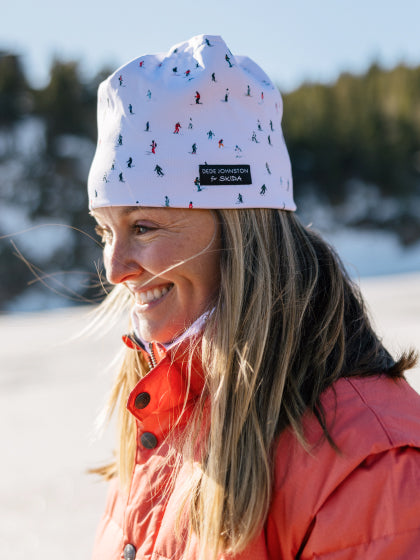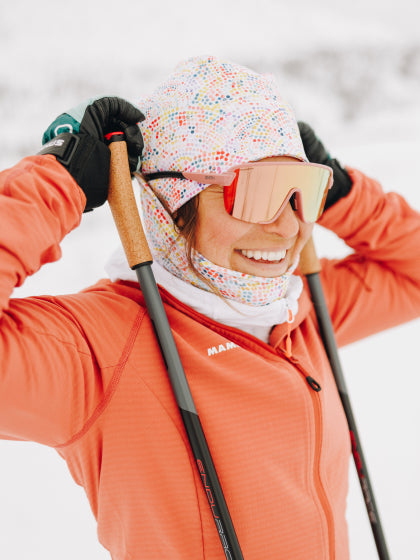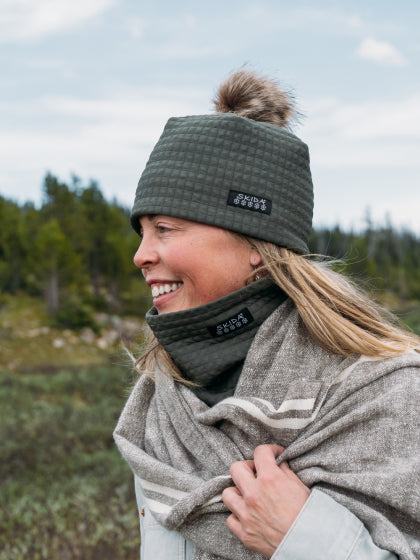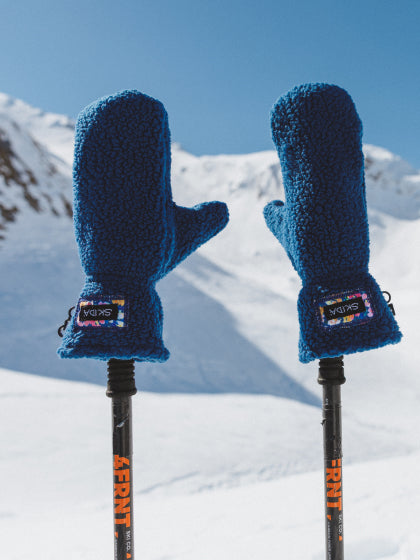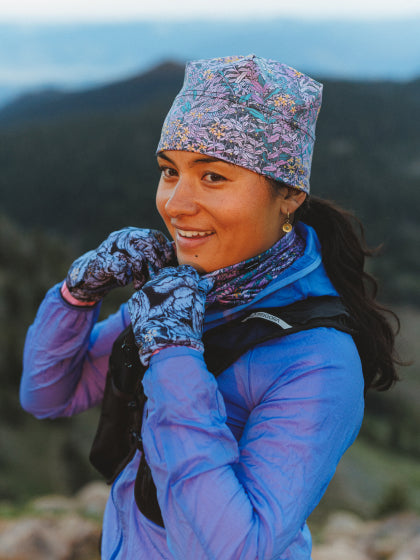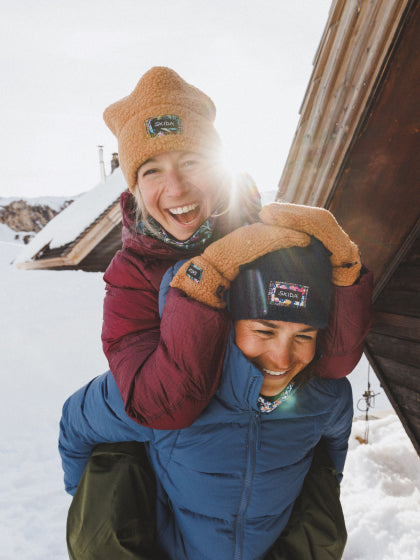How do you know you are on a volcano?
Geologists rely on looking at rocks! Tuff is one indication that you are on a volcano. Very deadly pyroclastic flows create this rock. It is made of chunks of other rocks, specifically pumice (very soft rock). Smith Rock is an extraordinary example of Tuff. It is harder than most Tuff, and that's why it is climbable.
Basalt is another indication that you are on a volcano. This is your classic "lava rock." It is black and has bubbles in it from gas escaping it. You would also see a lot of Cinder on a volcano. Cinder is chemically identical to basalt and is made of basalt, but it is frothy, meaning there are even more gas bubbles. It went through the fire fountaining process, which is why it has its color and so many holes in it.
My time spent in Oregon shaped who I am today. It opened me up to an outdoor recreation lifestyle and allowed me to explore so much of its volcanic landscape. I made friends in these mountains, challenged and learned about myself in them, and connected to nature.


